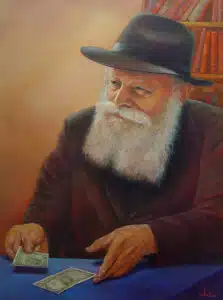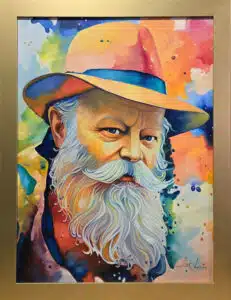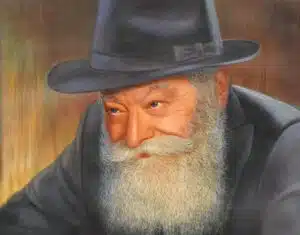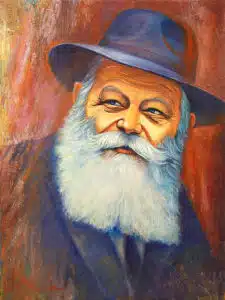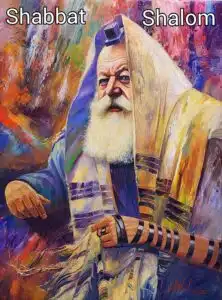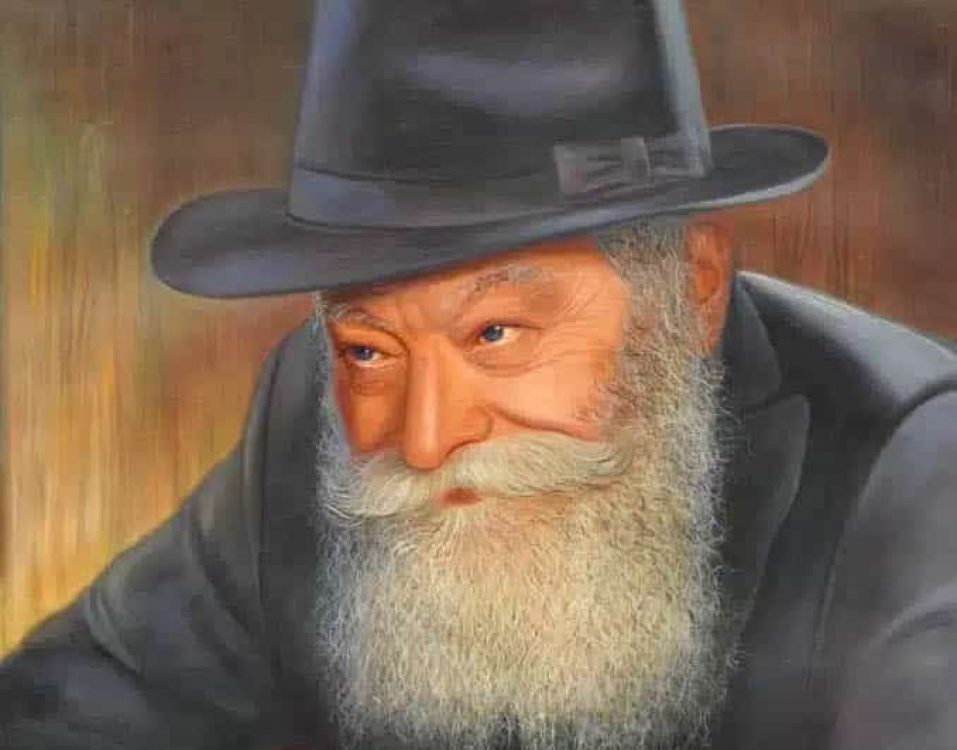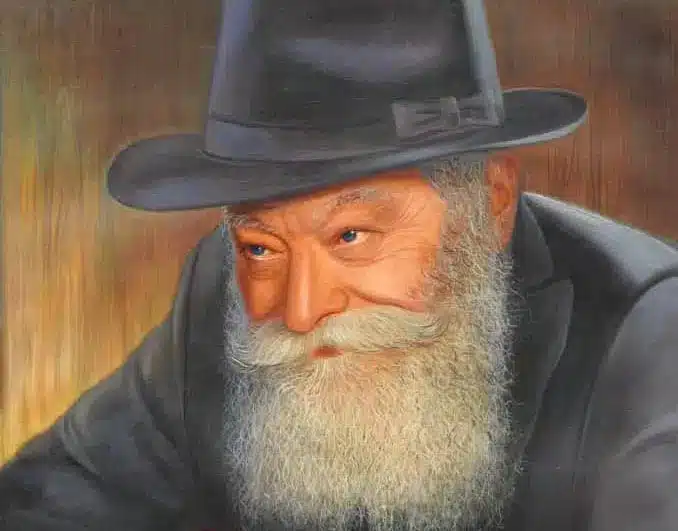
Intro
Rabbi Menachem Mendel Schneerson, the Lubavitcher Rebbe, is not only a spiritual leader of the 20th century but also a source of artistic inspiration today. His teachings, presence, and vision for Jewish life continue to shape contemporary Jewish art.
1. A Figure of Spiritual Inspiration
-
The Rebbe’s image symbolizes wisdom, compassion, and dedication to Jewish continuity.
-
Artists often depict him as a guiding presence — both personal and collective.
-
His portraits serve as reminders of leadership and spiritual strength.
2. The Rebbe as a Subject in Art
-
Contemporary Judaica often includes portraits of the Rebbe in oil, acrylic, stained glass, and digital mediums.
-
These works emphasize not only likeness but also the aura of holiness and vision that surrounded him.
-
Collectors see such portraits as more than art — they’re spiritual icons.
3. Symbolism in Artistic Depictions
-
Artists weave Jewish symbols (Torah scrolls, menorah, Jerusalem, the Seven Species) into Rebbe-inspired works.
-
These visual elements reinforce his connection to Jewish tradition and universal values.
-
For many, a painting of the Rebbe becomes a centerpiece of Jewish identity in their home.
4. The Rebbe’s Influence on Artistic Expression
-
His message of spreading light and mitzvot inspires Jewish artists worldwide.
-
Many artists create works that emphasize hope, unity, and messianic vision.
-
In this way, the Rebbe continues to guide Jewish creativity in the modern era.
Conclusion
The Lubavitcher Rebbe’s presence in contemporary Jewish art reflects his role as both a spiritual leader and a cultural icon. Through painting, sculpture, and modern forms, his image continues to inspire, guide, and elevate Jewish life.
See Alex Levin’s painting “Lubavitcher Rebbe: The Soul of Hasidism,” a tribute to the Rebbe’s enduring impact on Jewish art.

